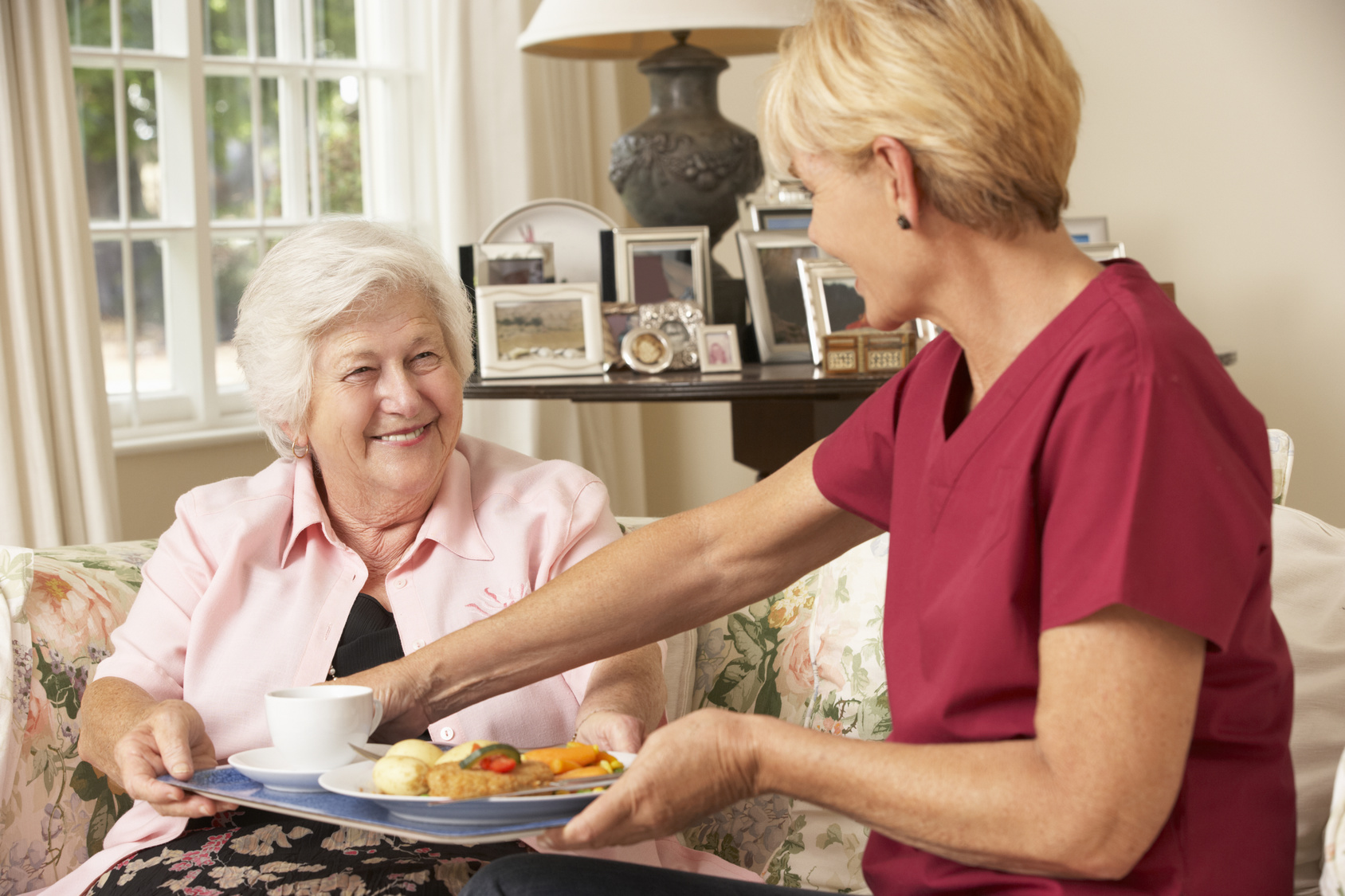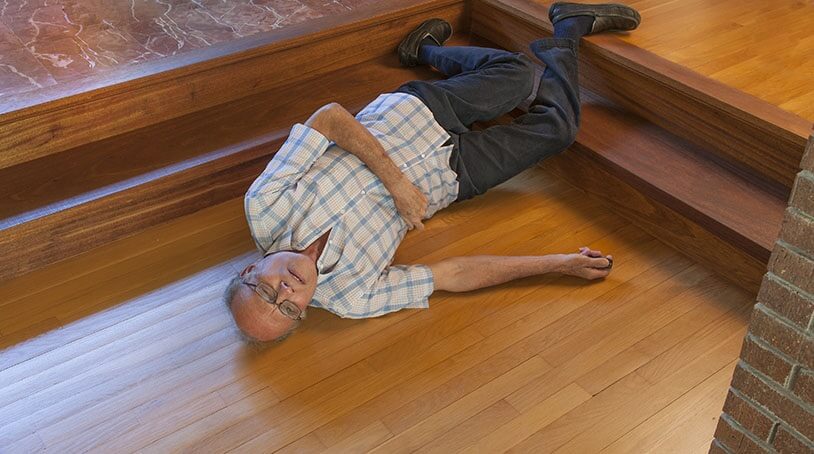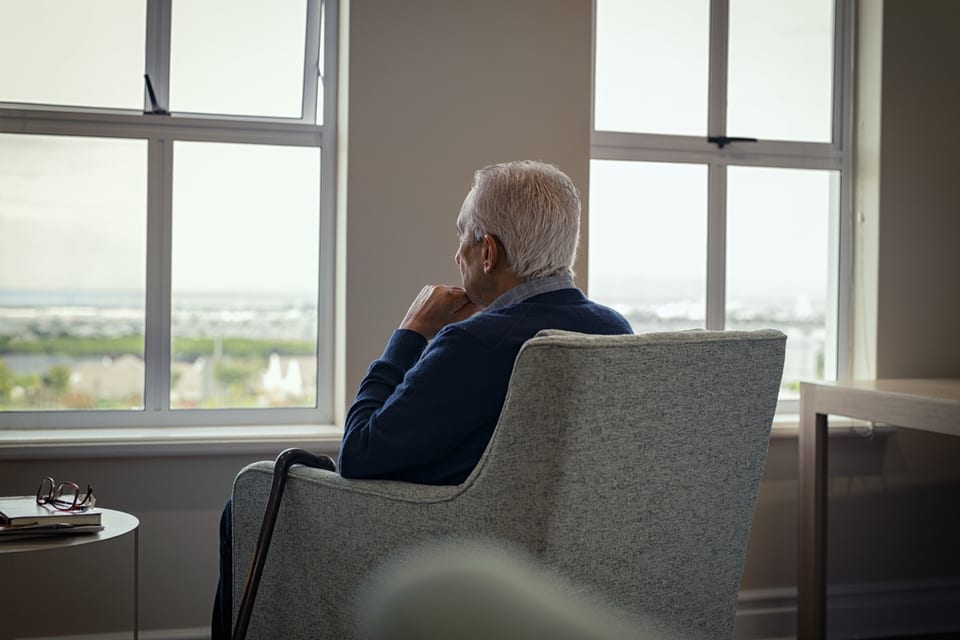Falls among the elderly are a significant concern, impacting the health and safety of many seniors worldwide. The importance of understanding fall statistics among elderly cannot be overstated, especially for family caregivers who play a crucial role in ensuring the well-being of older adults. By delving into these statistics, caregivers and families can better prepare for and prevent falls, enhancing the quality of life for seniors.
According to the Mayo Clinic, one in four Americans aged 65 and older falls each year. This staggering statistic highlights the prevalence and gravity of the issue. Understanding the factors contributing to these falls and the potential consequences can help in developing effective prevention strategies.

Why Do Elderly People Fall?
Several factors contribute to the high incidence of falls among the elderly. As people age, they often experience a decline in physical strength, balance, and coordination. Additionally, chronic health conditions such as arthritis, diabetes, and heart disease can affect mobility and stability. Medications, particularly those that cause dizziness or drowsiness, can also increase the risk of falls.
Environmental Hazards
Environmental factors play a significant role in falls among seniors. Common hazards include uneven flooring, poor lighting, and lack of handrails in critical areas like bathrooms and staircases. Reducing these risks is essential for fall prevention and can be achieved through simple home modifications.
Physical and Health Conditions
Physical conditions such as muscle weakness, impaired vision, and cognitive decline can significantly impact an elderly person’s ability to navigate their environment safely. Health issues like osteoporosis, which makes bones more fragile, can lead to more severe injuries in the event of a fall.
Consequences of Falls in the Elderly
Falls can have devastating consequences for seniors, both physically and emotionally. Injuries from falls can range from minor bruises to severe fractures, particularly hip fractures, which often require surgical intervention and extensive rehabilitation.
Emotional Impact
Beyond physical injuries, falls can lead to a loss of confidence and independence. Many seniors who have experienced a fall become fearful of falling again, leading to a reduction in activity levels, which can further decrease physical fitness and increase the risk of future falls.
Prevention Strategies
Preventing falls among the elderly requires a multifaceted approach. Family caregivers can play a crucial role in implementing these strategies, ensuring a safer environment for their loved ones.
Home Modifications
One of the most effective ways to prevent falls is through home modifications. This can include installing handrails, improving lighting, and removing tripping hazards such as loose rugs and clutter. For more detailed information on creating a safe home environment, visit risks of falling.
Exercise and Physical Activity
Regular physical activity is essential for maintaining strength, balance, and coordination. Programs specifically designed for seniors, such as Tai Chi or balance training exercises, can be particularly beneficial. Encouraging seniors to stay active can help reduce the risk of falls significantly.
Medication Management
Reviewing medications with a healthcare provider to identify those that may increase fall risk is crucial. Adjusting dosages or switching medications can sometimes reduce this risk. For more insights, check out common causes.
The Role of Technology in Fall Prevention
Technology has become an invaluable tool in fall prevention. Devices such as fall detection systems and wearable alert systems can provide immediate assistance in the event of a fall, potentially reducing the severity of injuries.
Fall Detection Devices
Fall detection devices can automatically alert emergency contacts when a fall is detected, ensuring timely assistance. These devices provide peace of mind for both seniors and their caregivers. For more information, visit fall detection devices.
Wearable Technology
Wearable technology, such as smartwatches with built-in fall detection capabilities, can monitor a senior’s activity levels and detect unusual movements. This technology can be a valuable addition to a comprehensive fall prevention plan.
Community Resources and Support
Community resources can provide valuable support for seniors and their caregivers. Local senior centers often offer exercise classes, educational workshops, and social activities that can help reduce isolation and promote physical activity.
Support Groups
Support groups for seniors and caregivers can provide a platform for sharing experiences and strategies for fall prevention. Connecting with others facing similar challenges can be empowering and encouraging.
Conclusion
Understanding fall statistics among elderly and the factors contributing to falls is essential for developing effective prevention strategies. By taking proactive measures, family caregivers can help reduce the risk of falls and improve the quality of life for their loved ones. For more comprehensive guidance, explore what to do after a fall.

FAQ
What are the common causes of falls among the elderly?
Common causes include physical conditions like muscle weakness, environmental hazards like uneven flooring, and medication side effects.
How can falls be prevented in the elderly?
Falls can be prevented through home modifications, regular exercise, medication management, and the use of technology like fall detection devices.
What should be done after an elderly person falls?
It’s important to assess for injuries and seek medical attention if necessary. Reviewing the circumstances of the fall can help prevent future incidents.
This article contains affiliate links. We may earn a commission at no extra cost to you.






